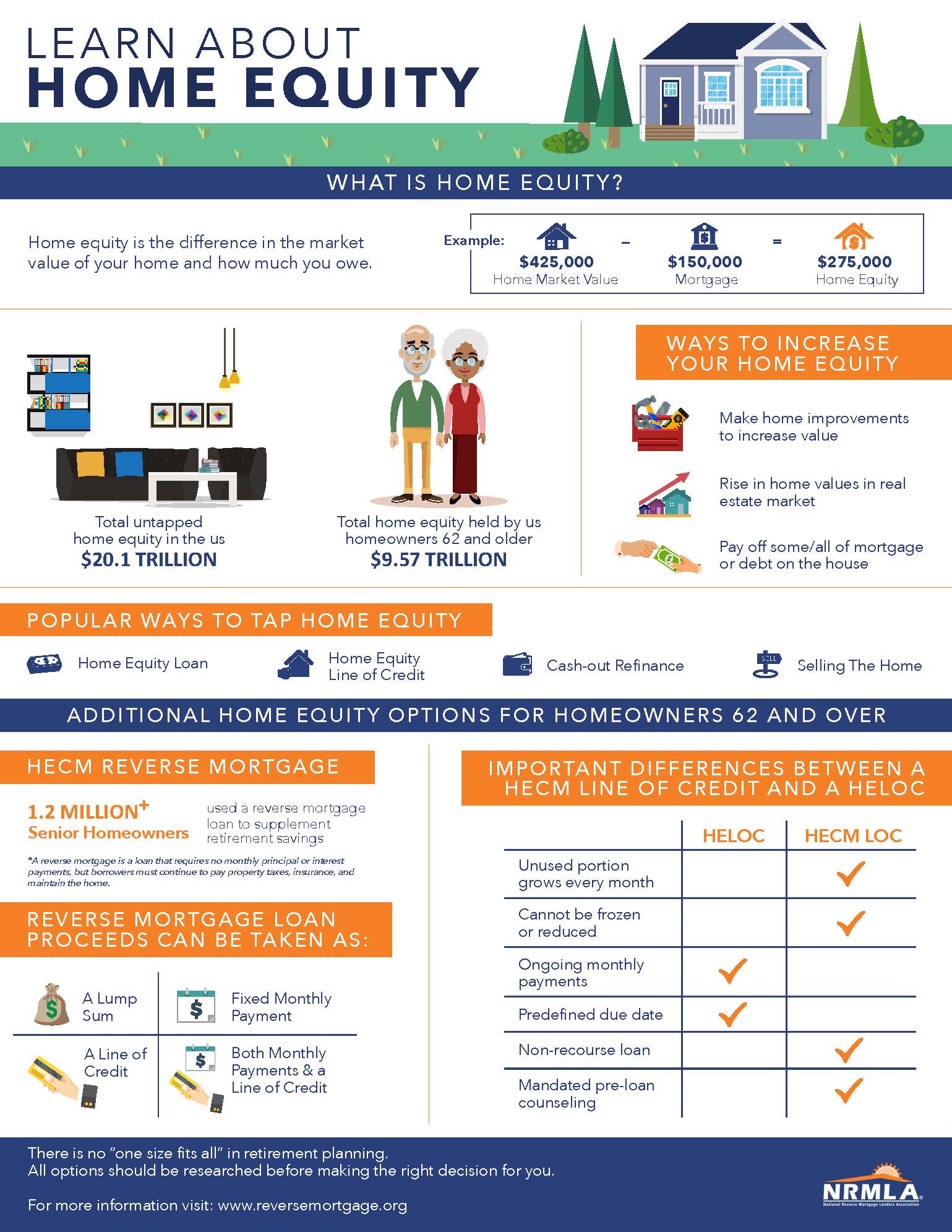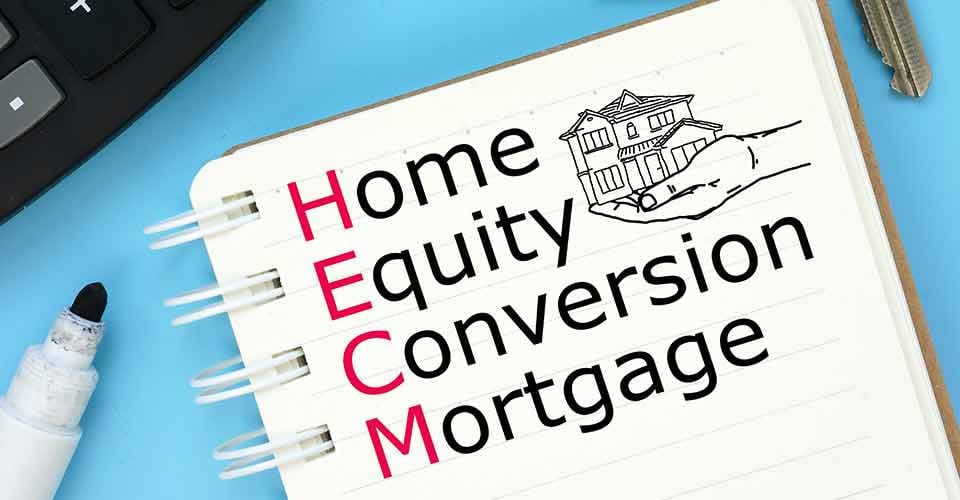Discovering the Different Sorts Of Equity Release Mortgages Available Today
Equity Release mortgages existing numerous options for property owners aged 55 and over. equity release mortgages. These economic items provide to different requirements and preferences, allowing individuals to accessibility funds from their residential or commercial property. From lifetime home loans to shared recognition home loans, each type provides distinct benefits. Understanding these options is essential for making informed decisions. What factors should one think about when choosing the most ideal equity Release plan? The information that adhere to may clarify this essential subject
Understanding Equity Release Mortgages
Equity Release home mortgages offer house owners, commonly those aged 55 and over, with a way to access the worth bound in their residential or commercial property without requiring to sell it. This financial choice permits people to convert a part of their home equity right into cash money, which can be made use of for various purposes, such as home enhancements, settling financial debts, or funding retirement.Equity Release can take different types, yet it basically includes borrowing versus the value of the home while keeping possession. Homeowners can choose to get a lump sum or a series of smaller settlements, depending on their financial needs and preferences.Additionally, the amount offered for Release is affected by the residential or commercial property's worth, the home owner's age, and particular lending institution requirements. Generally, understanding equity Release home loans is essential for homeowners to make enlightened choices concerning tapping right into their home's equity while taking into consideration the long-lasting ramifications.
Life time Mortgages
Lifetime home loans stand for one of the most preferred forms of equity Release. This financial item permits home owners, usually aged 55 or older, to borrow versus the worth of their property while keeping ownership. The car loan, which is protected versus the home, accrues interest over time but does not call for monthly repayments. Instead, the lending and built up rate of interest are repaid when the property owner passes away or moves right into lasting care.Lifetime home mortgages supply flexibility, as consumers can choose to receive a round figure or decide for a drawdown center, accessing funds as needed. Notably, lots of plans included a no-negative-equity warranty, making certain that debtors will never ever owe even more than the value of their home. This function gives satisfaction, enabling individuals to enjoy their retired life without the worry of depleting their estate. Overall, life time home loans act as a sensible option for those seeking monetary assistance in later life.
Home Reversion Plans

Drawdown Lifetime Mortgages
While many home owners seek methods to access their wide range, drawdown lifetime home loans provide a versatile choice that allows people to Release funds slowly. This kind of equity Release home loan allows house owners to borrow versus the worth of their residential or commercial property while retaining possession. Unlike standard lifetime mortgages, drawdown plans permit consumers to access a portion of their equity upfront and take out extra funds as required, up to a predetermined limit.This feature can be specifically beneficial for those who wish to handle their funds very carefully, as it decreases rate of interest accumulation by just charging rate of interest on the amounts attracted. Furthermore, drawdown life time home mortgages typically come with a "no unfavorable equity guarantee," guaranteeing that consumers will certainly never ever owe greater than their home's worth. This choice matches retired people who desire financial safety and flexibility, allowing them to fulfill unexpected costs or maintain their lifestyle without needing to sell their home.
Boosted Lifetime Mortgages
Enhanced Lifetime Mortgages use distinct advantages for qualified house owners looking for to Release equity from their residential or commercial properties. Understanding the qualification requirements is vital, as it determines who can gain from these specialized fundings. It is also important to assess the possible disadvantages connected with boosted alternatives, making sure a well-shaped viewpoint on their usage.
Eligibility Criteria Clarified
Comprehending the qualification criteria for Enhanced Lifetime Mortgages is important for possible applicants looking for to access the equity in their homes. Usually, candidates need to be aged 55 or older, as this age demand is common in the equity Release market. Property owners should possess a property valued at a minimal threshold, which can vary by loan provider. Significantly, the residential property needs to be their main residence and in great condition. Lenders commonly evaluate the homeowner's health and wellness condition, as particular health conditions might enhance qualification and benefits. In addition, candidates ought to not have existing considerable debts protected against the residential property. Meeting these standards enables individuals to check out Improved Lifetime Home loans as a feasible alternative for accessing funds bound in their homes.
Advantages of Enhanced Home Mortgages
After clearing up the eligibility standards, it becomes obvious that Enhanced Life time Home mortgages provide numerous substantial advantages for property owners wanting to leverage their building equity. Mostly, they offer accessibility to a bigger finance amount compared to conventional lifetime home loans, profiting those with health conditions or age-related elements that boost their life span threat. This improved borrowing capacity enables home owners to meet numerous economic requirements, such as home improvements or retired life expenses. Additionally, these home loans generally come with flexible payment choices, making it possible for consumers to handle their funds a lot more properly. The no-negative-equity guarantee better assures that house owners will certainly never ever owe greater than their building's worth, offering assurance. Generally, Enhanced Life time Home loans provide a compelling alternative for qualified property owners seeking economic options.
Prospective Downsides Considered
While Boosted Lifetime Home loans use many benefits, possible downsides call for cautious factor to consider. One substantial problem is the effect on inheritance; the equity released minimizes the value of the estate left to beneficiaries. Additionally, these mortgages can accumulate significant rate of interest gradually, bring about a considerable debt that may exceed the original lending quantity. There may likewise be restrictions on residential or commercial property modifications or rental, restricting property owners' versatility. Enhanced products usually call for certain health and wellness problems, suggesting not all home owners will certainly certify. Handling the fees and fees associated with these home mortgages can be complicated, potentially leading to unexpected costs. Because of this, people need to completely evaluate their scenario and consult economic experts prior to proceeding.
Shared Appreciation Home Mortgages
Shared Appreciation Home loans stand for an one-of-a-kind monetary setup that permits homeowners to access equity while sharing future residential or commercial property worth increases with the loan provider. This approach uses possible advantages such as decreased regular monthly payments, however it also features disadvantages that should be very carefully taken into consideration. Comprehending the qualification needs is crucial for those thinking about this choice.
Concept Summary
Equity Release home mortgages, especially in the type of shared appreciation home loans, use homeowners a special financial remedy that permits them to access funds by leveraging the worth of their building. In this arrangement, a loan provider offers a car loan to the homeowner, which is usually paid back with a share of the residential property's future recognition in worth. This suggests that when the property owner markets the residential or commercial property or passes away, the lender receives a percent of the increased worth, instead of simply the preliminary funding amount. Shared admiration mortgages can be appealing for those aiming to supplement their revenue or financing substantial expenditures while maintaining possession of their home. The economic ramifications of common admiration have to be thoroughly taken into consideration by possible borrowers.
Downsides and advantages
Although shared admiration mortgages can supply substantial economic benefits, they also come with notable drawbacks that potential consumers should think about. These home mortgages allow homeowners to accessibility equity in their homes while sharing a section of any future gratitude with the lending institution. This plan can be beneficial throughout times of rising property values, using significant funds without monthly payments. The primary drawback is the possible loss of equity; property owners may end up with significantly minimized inheritance for heirs. In addition, the intricacy of the terms can lead to misunderstandings pertaining to payment responsibilities and the portion of recognition owed. It is crucial for customers to consider these aspects thoroughly before committing to a shared appreciation mortgage.

Qualification Demands
What requirements must home owners meet to get a common gratitude home mortgage? Mainly, candidates have to go to least 55 years of ages, assuring they are within the target market for equity Release products. Furthermore, the building must be their main residence and typically valued above a specified minimum threshold, typically around ? 100,000. Lenders additionally assess the home owner's monetary situations, consisting of income and superior debts, to identify they can handle the mortgage responsibly. Importantly, the residential or commercial property has to remain in great problem and without substantial lawful encumbrances. Homeowners must additionally have a clear understanding of the terms, including exactly how appreciation will certainly be shared with the lender upon sale or have a peek at this website transfer of the residential or commercial property, as this affects general returns.
Selecting the Right Equity Release Choice

Frequently Asked Concerns
What Age Do I Required to Be for Equity Release?
The age requirement for equity Release usually begins at 55 for many strategies. However, some suppliers might provide choices for those aged 60 and above, showing differing terms based on specific situations and loan provider policies.
Will Equity Release Affect My Inheritance?
Equity Release can affect inheritance, as the quantity obtained plus rate of interest decreases the estate's worth. Heirs might receive less than prepared for, depending you could try here on the property's gratitude and the total financial obligation at the time of passing.
Can I Relocate House With Equity Release?
The question of moving home with equity Release arises frequently. Typically, individuals can move their equity Release plan to a brand-new residential property, yet details terms and problems might apply, needing assessment with the lender for assistance.
Are There Costs Connected With Equity Release Mortgages?
Charges associated with equity Release home mortgages can consist of setup charges, evaluation costs, and lawful expenses. Additionally, there might be early repayment charges, which can affect the total expense and monetary effects for the customer.
Exactly How Does Equity Release Impact My Tax Obligation Situation?
Equity Release can impact one's tax scenario by possibly raising gross income, as launched funds are considered resources. It generally does not sustain prompt tax obligation obligations, making it necessary to get in touch with an economic expert for customized support.
Verdict
In summary, the range of equity Release home loans offered today supplies property owners aged 55 and over multiple pathways to access their home's worth - equity release mortgages. Whether selecting a lifetime mortgage, home reversion strategy, or other options, each option offers distinctive benefits customized to private economic demands. Careful factor to consider and assessment with a monetary advisor are important to ensure the chosen equity Release service straightens with monetary circumstances and individual objectives, eventually assisting in notified decision-making for a protected financial future. Equity Release home loans existing numerous alternatives for home owners aged 55 and over. Equity Release home loans offer homeowners, commonly those aged 55 and over, with a way to access the worth connected up in their home without requiring to market it. Boosted Lifetime Mortgages use unique advantages for qualified home owners looking for to Release equity from their buildings. Equity Release home loans, specifically in the kind of shared appreciation Website mortgages, provide homeowners an one-of-a-kind financial option that allows them to gain access to funds by leveraging the worth of their property. In summary, the range of equity Release mortgages available today uses homeowners aged 55 and over multiple paths to access their property's value